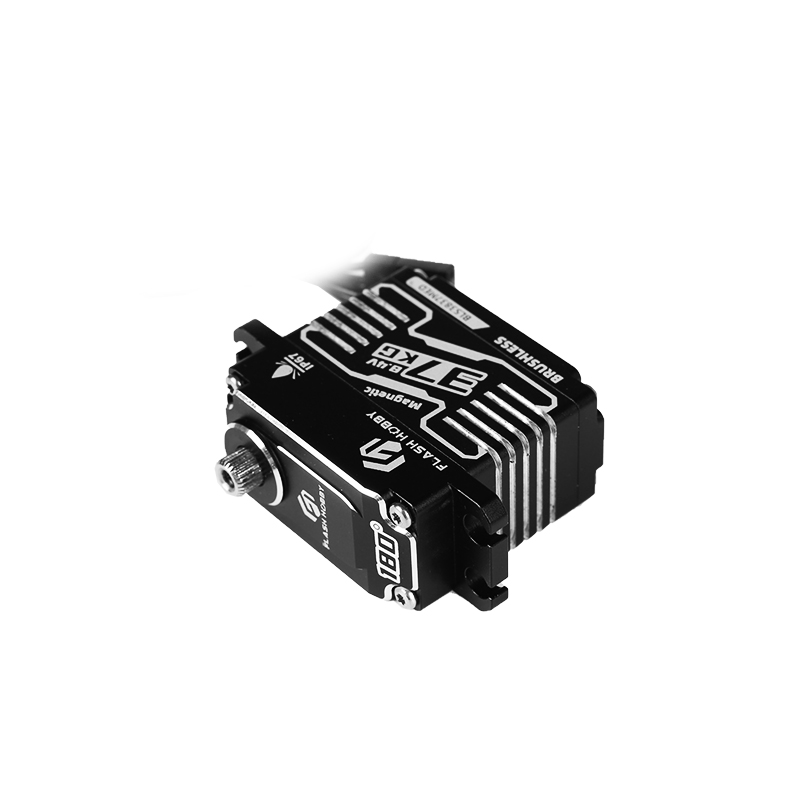Mastering Precision: The Principle of Magnetic Position Sensing in Servo Systems
2023-11-29
Introduction:
In the intricate world of servo systems, the principle of magnetic position sensing stands as a beacon of advanced technology, guiding the precise control of motors in various applications. Understanding how magnetic position sensing operates is key to appreciating the accuracy and responsiveness that servo systems bring to industries ranging from robotics to manufacturing. In this blog, we will unravel the fundamental principles behind magnetic position sensing in servo systems, exploring the technology that underpins the seamless dance of motion control.
The Essence of Magnetic Position Sensing:
At its core, magnetic position sensing is a non-contact method used to determine the precise position of a rotor within a motor or servo system. Unlike traditional contact-based methods that may rely on physical components like brushes or gears, magnetic position sensing harnesses the principles of magnetism to provide accurate and continuous feedback.
Components of Magnetic Position Sensing:
1. Magnetic Encoder:
- Central to magnetic position sensing is the use of a magnetic encoder. This device is often integrated into the motor or servo system and generates signals based on changes in magnetic fields as the rotor moves.
2. Magnetic Fields:
- The rotor within the servo system contains permanent magnets or magnetized materials. Surrounding the rotor is a magnetic encoder or sensor, typically consisting of Hall effect sensors or other magnetic field-detecting technologies.
Operating Principles:
1. Magnetic Flux Changes:
- As the rotor moves within the motor, the magnetic field around it changes. This alteration in magnetic flux is detected by the magnetic encoder, which translates these changes into electrical signals.
2. Hall Effect Sensors:
- In some magnetic position sensing systems, Hall effect sensors play a crucial role. These sensors respond to changes in the magnetic field's strength, generating voltage proportional to the magnetic flux.
3. Resolver Technology:
- Another technology often employed in magnetic position sensing is the resolver. Resolvers operate on the principle of electromagnetic induction, where the relative angle between the rotor and stator windings influences the output signal.
4. Digital vs. Analog Encoding:
- The signals generated by the magnetic encoder can be either digital or analog, depending on the specific requirements of the servo system. Digital encoding provides discrete position values, while analog encoding offers continuous signals.
Applications of Magnetic Position Sensing in Servo Systems:
1. Robotics and Automation:
- Magnetic position sensing is widely used in robotics and automation, where precise control of robotic arms and movements is essential.
2. Aerospace and Defense:
- In aerospace applications, magnetic position sensing contributes to the accurate control of flight control surfaces and other critical components.
3. Medical Devices:
- Magnetic position sensing plays a vital role in medical devices, such as surgical robots, ensuring precise and controlled movements during procedures.
4. Manufacturing and CNC Machinery:
- Servo systems equipped with magnetic position sensing find applications in manufacturing processes, particularly in CNC machinery, where precision is paramount.
Conclusion: The Magnetic Pulse of Precision
As we unravel the principles behind magnetic position sensing in servo systems, a profound appreciation for the precision and sophistication of this technology emerges. The ability to determine rotor position with accuracy, coupled with the non-contact nature of the sensing process, positions magnetic position sensing as a cornerstone in the world of motion control. From robotics to aerospace, the magnetic pulse of precision beats at the heart of diverse industries, shaping the future of advanced automation and ensuring that servo systems operate with unparalleled accuracy and responsiveness.



